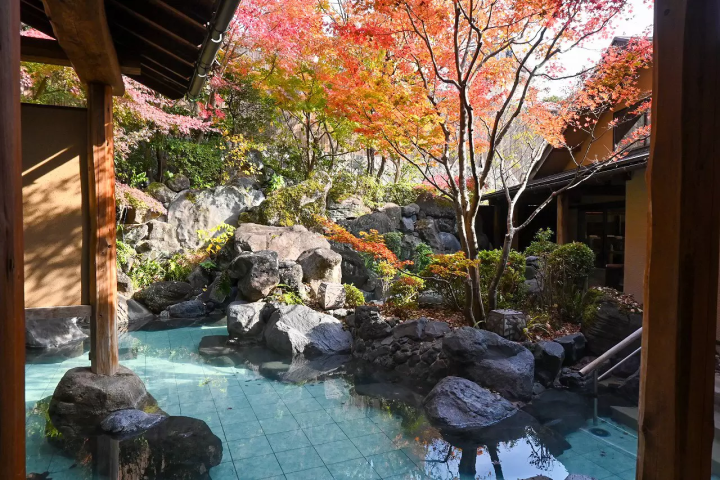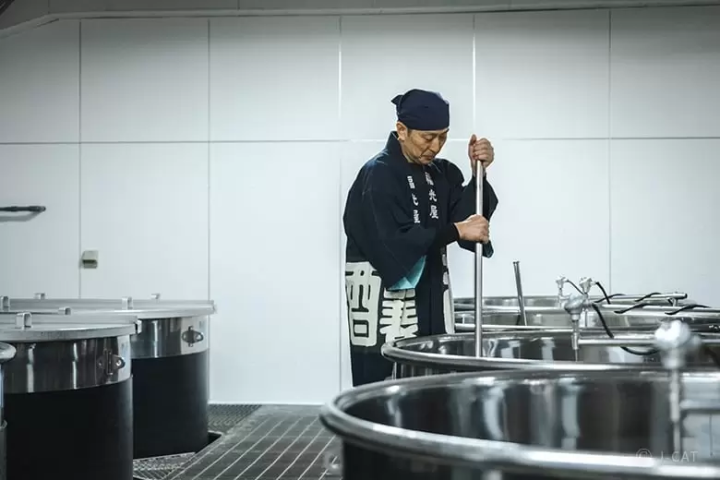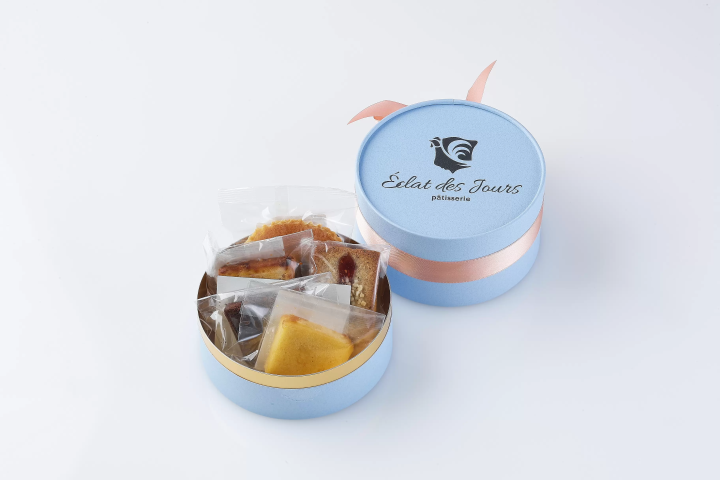Coexisting with Nature: Hokkaido’s Upopoy National Ainu Museum and Park

The Upopoy National Ainu Museum and Park opened in July 2020 as a center dedicated to the culture of Hokkaido's Ainu people. Just an hour from Sapporo, this open-air museum offers impressive exhibits, interactive workshops, traditional dance and music performances, restaurants, and more!
This article has been reposted with permission from GATE TO HOKKAIDO
The Ainu People and Their Culture in Hokkaido
One of Hokkaido's most exciting new attractions is Upopoy, an immersive open-air museum and park dedicated to the culture, traditions, culinary legacies, and worldview of the Ainu people, Hokkaido's indigenous people.
The word Upopoy means to 'sing together' in the Ainu language. Surrounded by stunning nature and state-of-the-art facilities, Upopoy is a celebration of one of Japan's most fascinating destinations, an easy train ride from Sapporo and New Chitose Airport.
An Overview of Upopoy National Ainu Museum and Park

Upopoy, located in the scenic southern city of Shiraoi, is an easy and direct one-hour train ride from Sapporo. It opened in mid-July 2020 as a national center dedicated to the cultures, history, traditions, and stories of Hokkaido's Ainu people.
Since its opening it has become the premier destination for all things Ainu, offering a wide variety of ways for guests to learn about the fascinating people who shaped Hokkaido's history.
The Ainu believe that everything in this world has a spirit. All the natural phenomena, the animals and plants that human life relies on, the tools used in everyday life-everything that is essential for human life is deeply revered by the Ainu as avatars of the Kamui (deities). Living in harmony with nature while being thankful to Kamui-this is the fundamental ethos of the Ainu.

The Upopoy National Ainu Museum and Parkis made up of three main areas–the National Ainu Museum, the National Ainu Park and the Memorial Site, which house open-air displays, museum exhibits, live demonstrations, workshops, stores, and restaurants serving Ainu fare.
The sprawling–around 10 hectare-large–Upopoy park features contemporary architecture and design while paying homage to nature and traditions, which are key elements at the heart of the Ainu culture. Facing out onto the sparkling blue Lake Poroto ("Poroto" in Ainu means "Big Lake"), it's as scenic as it is informative, making it a great place to enjoy the indoors and outdoors in equal measure.
How to Enjoy Upopoy: Area Guide
The Park

This is the largest of the three facilities, both in size and attractions. The 'park' is the open-air space that houses the Cultural Exchange Hall, Workshop, Crafts Studio, Kotan (Traditional Ainu Village), Entrance Center (and souvenir store), and the Cikisani Square.

The Cultural Exchange Hall is a great place to start your exploration of the park. Here guests can witness live traditional Ainu performing arts like musical performances of the mukkuri (mouth harp) and dance shows. Check the schedule listed outside the facility to see what's happening on the day of your visit.

To witness more traditions in action, head over to the Crafts Studio, where you can watch live demonstrations of Ainu artisanal techniques.

There are bilingual (English/Japanese) displays outlining many of the performed techniques on the studio walls to help you understand the purpose and deep meaning behind the practices. If you're feeling inspired, wood carving and embroidery workshops are available; you can book a workshop at the front counter.
There's also the Workshop, a building dedicated to hosting Ainu cuisine cooking and musical instrument classes for more hands-on learning. When classes run may depend on the day and the number of guests interested, so it's best to check the Workshops schedule on the day. If your time allows it, consider booking a class!

Sitting to the back of the park is the open-air traditional Ainu village museum, the Kotan. It's a small cluster of reconstructed Ainu dwellings (cise). The houses are open to the public, and inside a few, you can even try on traditional clothing! (*1) The houses also host scheduled demonstrations throughout the day; details and schedules are displayed outside each of the houses.
*1 As a measure to prevent the spread of COVID-19 infections, this experience is currently unavailable.

An open-air stage backdropped by the glittering Lake Poroto is located just outside the Kotan. Like a town square of sorts, it also hosts regular live demonstrations of traditional Ainu songs, costumes, and dances.

The other key areas of the park are more design features built into the layout of Upopoy. There's the Path to the Ainu Spirit (kankan) at the park's entrance; it's a walkway that leads guests through motifs of nature at the center of the Ainu culture. Gateway Square is a large open space used by groups for congregating, eating, and relaxing. It's also where you'll find the cozy Café RIMSE.
The Entrance Center is where you can buy tickets to the park, pick up souvenirs, and grab a bite at Takibi Dining Cafe HARU RAN NA or HINNA HINNA KITCHEN EN.
The National Ainu Museum

Sleek and modern, but finished with warm tones and with a floor-to-ceiling window that runs along the entire side of the building, offering panoramic views of the park--as a piece of architecture alone, the National Ainu Museum is simply stunning. Entry to the museum is included with admission to Upopoy.
According to the museum, the purpose of this facility is to "build a society where Ainu pride is recognized, raise awareness of Ainu history and culture, and help to forge a future for Ainu culture." The museum features three main exhibition spaces: the Permanent Exhibition Room, the Special Exhibition Room, and a Theatre.


As the name suggests, the Permanent Exhibition Room, located on the second floor, is an unchanging display of Ainu history, photos, artifacts, and multimedia content. It's separated into six main themes: language, universe, lives, history, work, and exchange.
Next to the Permanent Exhibition Room is the Special Exhibition Room dedicated to showcasing rotating displays exploring more niche facets of Ainu culture and history. It also displays exhibits exploring further-reaching themes outlining Japan's history, including other indigenous cultures. The current and upcoming exhibits are listed on the Upopoy website.
The 96-seat theater is located on the first floor of the building. It screens short films and documentaries (approximately 20 minutes each) throughout the day, exploring various facets of Ainu culture, from history to crafts. Also on the first floor is a public library stocked with books about Ainu culture and history. It faces out onto a gift store selling a variety of unique specialty goods from traditional carvings to Ainu-inspired curries.
The Memorial Site

The Memorial Site and cemetery is situated 1.2 km away from the main Upopoy site. It's possibly the facility's most understated but arguably most historically significant site and well worth putting aside some time to visit when you're there.
The Memorial Site was created to offer a dignified memorial to the remains and burial items excavated in the past. Looking out over the Pacific Ocean, it's a powerful homage and a place where guests can sit and feel the power of the rich Ainu culture.
Restaurants

The team behind Upopoy clearly understands that one of the best ways to learn about a culture is through food. There are three onsite restaurants as well as the occasional food truck, all selling delicious culinary offers influenced by Ainu traditions.
Takibi Dining Cafe HARU RAN NA, located at the Upopoy Entrance Center, is the most high-end of the three dining establishments. The restaurant combines contemporary cooking styles with classic Ainu ingredients to create dishes that blend the past and current day. Some of the menu highlights include the bonfire roasted Hokkaido lamb and Yezo shika deer. You can order a set menu or go for the a la carte option.
HINNA HINNA KITCHEN EN, also in the Upopoy Entrance Center, takes a more casual and homely approach to Ainu cuisine. They use traditional techniques and ingredients to create set lunch menus, including staples like ramen and curry rice.

Café RIMSE which sits in the Upopoy Gateway Square, is a little different in their approach. They do offer Ainu-influenced dishes, like salmon ohau – a hearty salmon soup – set lunches, as well as other Hokkaido delights like salmon and ikura oyakodon. This cozy restaurant is run by Shiraoi's local Hope Social Welfare Corporation. It's also an excellent spot for a tasty soft cream.
For a little snack, pop by sweets café NANAKAMADO IRENKA in Upopoy Gateway Square. The store offers take-out cakes and pastries, including indulgent Hokkaido cheese tarts, soft cream, pieces, coffee and soft drinks.
Souvenirs

With two excellently stocked gift stores, Upopoy is a great place to pick up that one-of-a-kind Japanese souvenir and support local artists and makers while doing it. At the Uppopy Entrance Center is where you'll find the gift store Niepuy.

This store sells more 'omiyage' style souvenirs and snacks, perfect for sharing with friends and family. Some of the highlight items include Ainu-themed cookies and pre-packed, dried ohau soup sets so you can make your own Ainu-inspired feast at home.

In the National Ainu Museum lobby area is The Museum Shop. Here you'll find similar items but the main focus of this store is on homewares and craft goods.

On display, you'll find items like stylish tote bags adorned with Ainu patterns and motifs, jewelry, and one-off, hand-crafted wooden goods, complete with plaques displaying the biographies of the makers behind the pieces. If you're looking for a special conversation piece or for your home, there's a good chance you'll find something here.
How to Get to Upopoy National Ainu Museum and Park
New Chitose Airport is the closest airport to Upopoy, and it's easy to travel between both locations via public transport. Take the JR Rapid Airport one-stop to Minami-Chitose Station, then switch to the JR Hokuto Limited Express Hakodate and get off at Shiraoi Station. The journey takes just 45 minutes and costs 3,000 yen.
Upopoy has coin lockers, making it easy for those traveling between locations with luggage.
From Sapporo, the easiest way to reach Upopoy via public transport is to take the JR Hokuto Limited Express Hakodate from Sapporo Station to Shiraoi Station. The journey takes just over an hour and costs 3,570 yen each way. Alternatively, you can also take the more local JR Chitose Line heading to Tomakomai from Sapporo Station. It takes just under two hours to reach Shiraoi Station but costs just 1,890 yen each way.
From Shiraoi Station to the facility, it's a 10-minute walk. There are signposts on the way so you can’t miss it.
Opening Times and Entrance Fees
The opening hours at Upopoy differ depending on the season, so please visit their official website for detailed information. The facility is closed on Mondays (or closed on the next business day when Monday is a national holiday).
Admission is 1,200 yen for adults and 600 yen for high school students; junior high school students and younger children enter for free. There are also discounts for groups of 20 or more. One year passes (adult 2,000 yen, high school students 1,000 yen) are available, too. Activities and cultural experiences at the workshops are not included in the entry fee. For detailed information on available activities and ticketing, visit the Upopoy website.
See more information on exciting places to visit in Hokkaido!
Read also
Written by Lucy Dayman
In cooperation with Upopoy National Ainu Museum and Park
Sponsored by Hokkaido Airports Co., Ltd.
MATCHA's promotional account for corporate and local government advertising. We aim to provide useful information to our readers in an enjoyable manner.

































![[Latest] Complete Guide to atmos Exclusive Sneakers and Special Edition Models | Apparel and Upcoming Releases](https://resources.matcha-jp.com/resize/720x2000/2025/12/12-252706.webp)